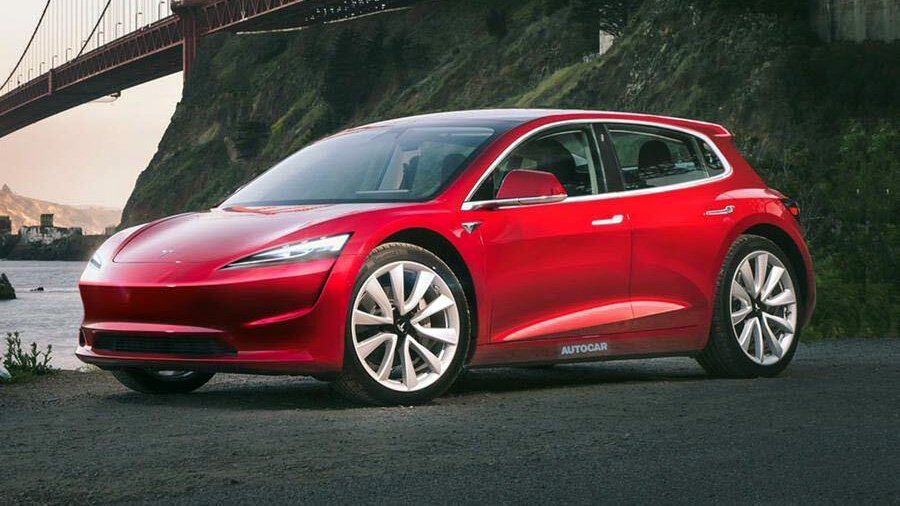In a move set to redefine the landscape of affordable electric vehicles (EVs), Tesla is gearing up for the release of its compact crossover, internally referred to as “Redwood.” According to insider sources, the electric automaker plans to commence production in mid-2025, adding a promising contender to its lineup.
Background and Context:
Tesla CEO Elon Musk has long been vocal about the company’s pursuit of manufacturing cost-effective electric cars. The Redwood is a crucial component in realizing this vision. As Tesla ventures into the mass-market segment, the compact crossover is anticipated to appeal to a broader consumer base.
Strategic Vision and Market Dynamics:
The Redwood is part of Tesla’s broader strategy to diversify its offerings and compete more directly with traditional gasoline-powered vehicles. Market dynamics, including the rise of affordable EVs from competitors like BYD, have fueled Tesla’s commitment to introducing a compelling, budget-friendly option.
Production and Supplier Interactions:
Insiders reveal that Tesla has initiated the procurement process, sending out “requests for quotes” to suppliers. The company envisions a significant production volume, targeting 10,000 vehicles per week. This ambitious plan underscores Tesla’s commitment to scaling its operations efficiently.
Timeline and Production Forecast:
While the mid-2025 launch timeline aligns with Tesla’s forward-looking goals, insiders caution that confidentiality agreements surround this development. The production initiation in June 2025, as mentioned by sources, positions Tesla to make a substantial impact on the EV market.
Elon Musk’s Vision and Tesla’s Future Products:
Elon Musk, Tesla’s visionary leader, has consistently teased the arrival of an affordable $25,000 EV. The Redwood, as part of a broader product lineup, aims to fulfill this promise. Musk envisions Tesla’s upcoming products collectively achieving an annual sales volume of 5 million vehicles.
Challenges and Optimism:
Tesla, known for its ambitious goals, faces challenges such as battery costs and the complexities of producing quality yet inexpensive vehicles. Despite delays in previous product launches, the company remains optimistic about the Redwood’s potential impact on the automotive market.
Manufacturing Techniques and Sustainability:
Insiders suggest that Tesla is likely to employ innovative manufacturing techniques for the Redwood, deviating from traditional assembly approaches. This unboxed method allows for flexibility, potentially enabling production at multiple locations simultaneously.
Speculations on Redwood’s Features:
While details remain speculative, the Redwood could potentially be based on the Cybertruck platform, offering a unique blend of design and functionality. Predictions include a range of 240-250 miles, two variants (RWD and dual-motor), and a performance capability that, while not the fastest, is still impressive.
Conclusion and Future Prospects:
The Redwood compact crossover signifies Tesla’s commitment to sustainable mobility and the widespread adoption of EVs. With the mid-2025 launch approaching, the industry awaits further details and official confirmation from Tesla, anticipating the Redwood to be a pivotal player in the electric vehicle revolution.

